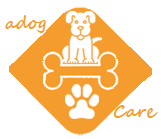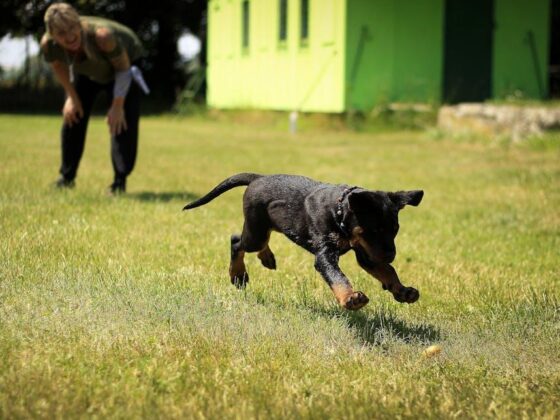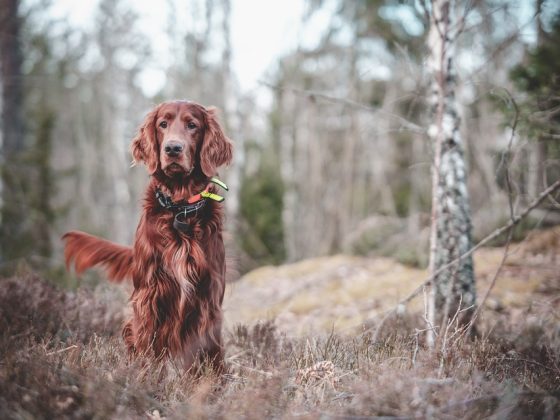end of the article.
Communication is a vital component in any relationship, including the one you have with your canine companion. Dogs are social animals that rely on body language, vocalizations, and other forms of communication to interact with their surroundings and with humans. While dogs are skilled communicators in their own right, they may sometimes exhibit behaviors that we don’t understand or that we find challenging. This is where training collars can come in handy, helping to enhance communication with our furry friends.
Training collars are devices that are placed around a dog’s neck and are used for training purposes. These collars are designed to administer a mild, non-harmful correction when a dog exhibits unwanted behavior or when a specific command needs to be reinforced. There are different types of training collars available on the market, each with its own set of features and functions.
One of the most common types of training collars is the shock collar, also known as an electronic collar. Shock collars deliver a small electric shock to the dog when a button on a remote control is pressed. The shock is meant to interrupt unwanted behaviors and redirect the dog’s attention to the desired behavior. While shock collars can be effective, they are controversial and should be used with caution and under the guidance of a professional trainer.
Another type of training collar is the spray collar, which releases a burst of citronella or another scent when the dog exhibits unwanted behavior. The scent acts as a deterrent, discouraging the dog from repeating the behavior in the future. Spray collars are a more gentle alternative to shock collars and can be effective for dogs with sensitive temperaments.
Vibration collars are another type of training collar that delivers a vibration or buzzing sensation to the dog’s neck when unwanted behavior is detected. Vibration collars are a more subtle form of correction and can be effective for dogs that are sensitive to noise or physical stimulation.
Regardless of the type of training collar you choose, it is important to use it responsibly and in conjunction with positive reinforcement techniques. Training collars should never be used as a punishment or as a substitute for proper training and socialization. They should be used sparingly and only when necessary to address specific behavior issues.
In addition to training collars, there are other ways to enhance communication with your canine companion. One of the most important ways to communicate effectively with your dog is through body language and vocal cues. Dogs are highly attuned to human body language and can often pick up on subtle cues that we may not even be aware of. By paying attention to your dog’s body language and responding appropriately, you can strengthen your bond and improve communication.
Consistent training and reinforcement are also key components of effective communication with your dog. Training should be positive, consistent, and tailored to your dog’s individual needs and temperament. By setting clear boundaries, providing consistent rules and expectations, and rewarding good behavior, you can help your dog understand what is expected of them and build a strong foundation for communication.
FAQs:
Q: Are training collars safe for my dog?
A: When used responsibly and under the guidance of a professional trainer, training collars can be safe and effective tools for enhancing communication with your dog. It is important to choose the right type of collar for your dog’s temperament and to use it sparingly and with positive reinforcement techniques.
Q: How do I know which type of training collar is best for my dog?
A: The best training collar for your dog will depend on their individual temperament, behavior issues, and training goals. It is recommended to consult with a professional trainer or behaviorist to determine the most appropriate collar for your dog.
Q: Can training collars harm my dog?
A: When used correctly and according to the manufacturer’s instructions, training collars should not harm your dog. It is important to start with the lowest level of correction and gradually increase as needed. Additionally, training collars should never be used as a punishment and should always be paired with positive reinforcement techniques.











